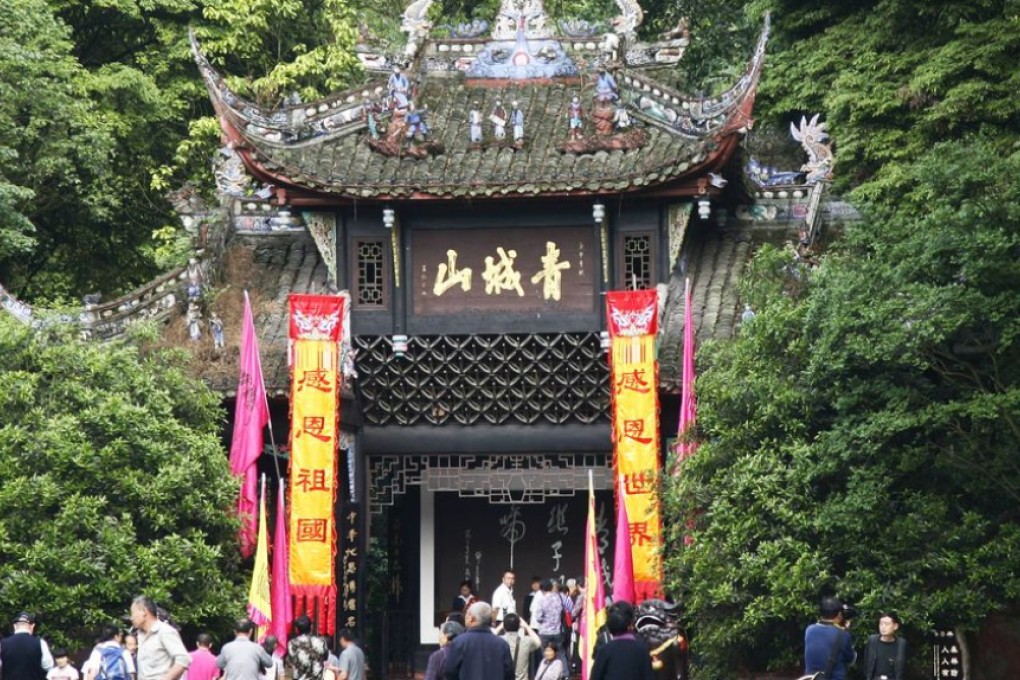Hills are alive with culture
Chengdu is built in a basin formed by Himalayan rivers flowing down to the Yangtze River. A ring of verdant hills surrounds this basin, providing fantastic day-trip opportunities to the small towns nestled at the base of the world's largest mountains.

Chengdu is built in a basin formed by Himalayan rivers flowing down to the Yangtze River. A ring of verdant hills surrounds this basin, providing fantastic day-trip opportunities to the small towns nestled at the base of the world's largest mountains.
The top destination among these is Dujiangyan, which can be reached in 40 minutes by car or 15 minutes via high-speed train. This city played an important role in establishing and maintaining civilisation in this part of the world. The dam there was built 2,000 years ago to control the Min River, which was constantly overflowing and laying waste to the countryside. Visitors can tour the dam and the surrounding park for 90 yuan (HK$109).
Just outside of town is Qingcheng Mountain, one of China's most important Taoist peaks. Qingcheng is a favourite summer getaway for Chengdu locals. The heat isn't so bad up there, and there are many bed-and-breakfasts located on the mountain that offer home-cooked meals and inexpensive rooms.
The Taoist temples atop the mountain are a major tourist attraction, drawing millions of visitors each year. There are tea houses mixed in among them, and the higher one climbs, the more silence one encounters.
There are several other, lesser-known day trips north and west of Chengdu as well. The area around the town of Chongzhou is beautiful - the Min flows through Chongzhou and Wenjiang after its diversion a bit further north, and the riverway is lined with bike paths, tea houses and small restaurants.
Qionglai, set a bit deeper in the mountains, is another great destination, known for its prehistoric fauna, pre-revolution-era churches, and excellent variety of green tea. The town is remarkably charming, and the surrounding hills are dotted with restaurants and tea houses, although visitors will have to search them out on their own, as most are not listed anywhere.
